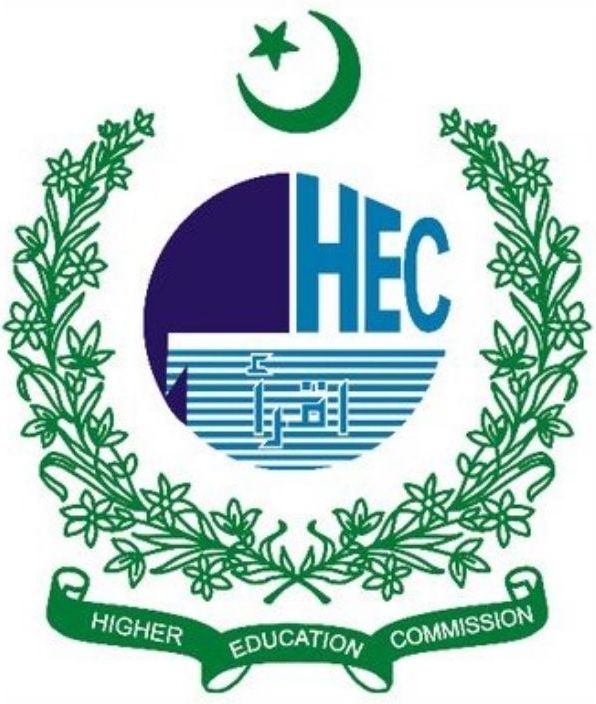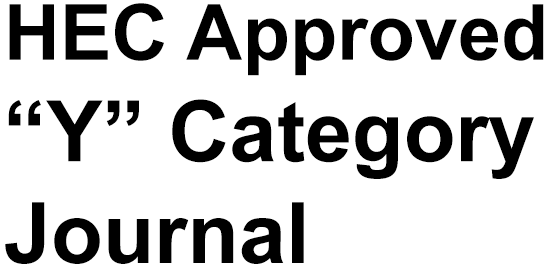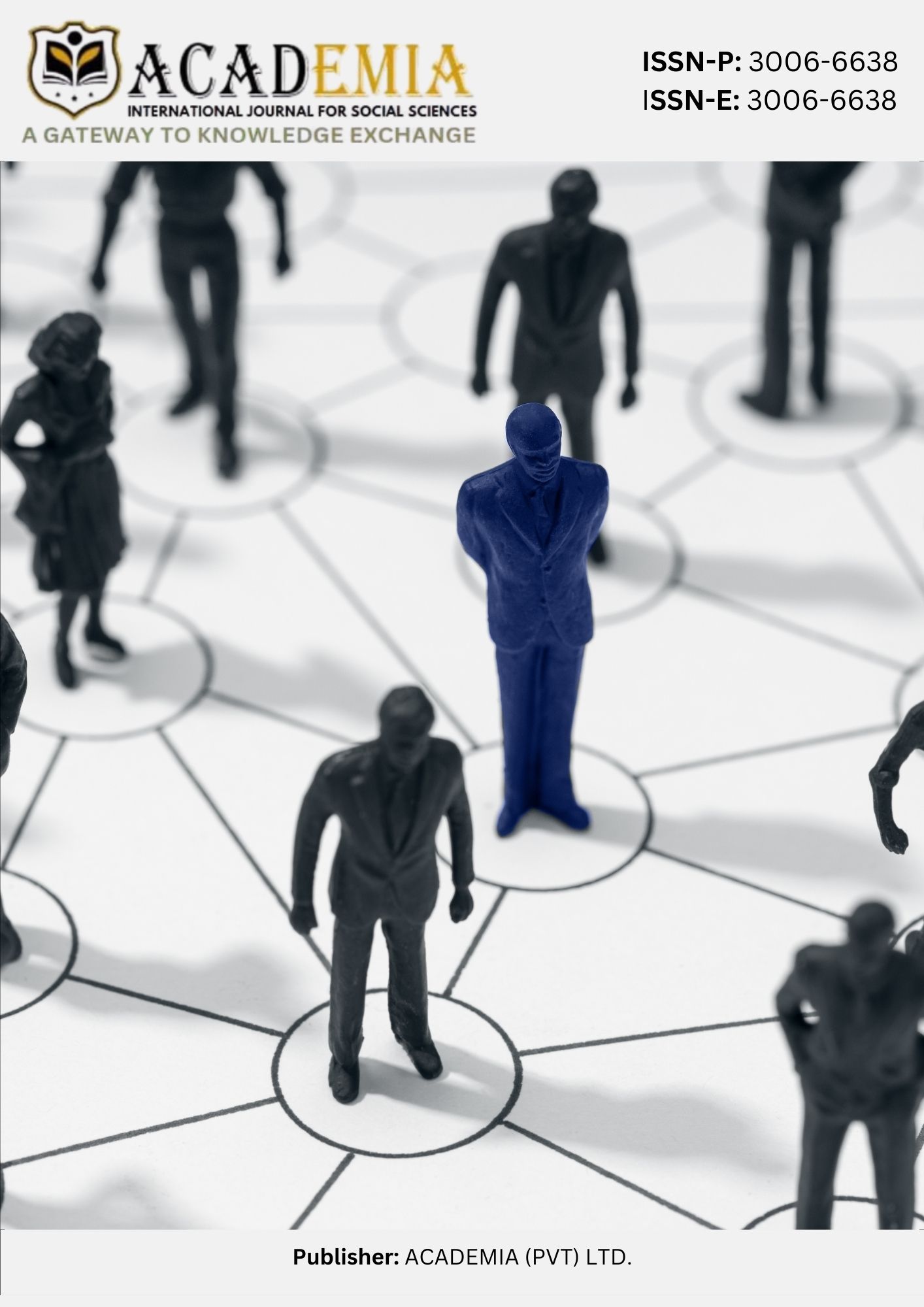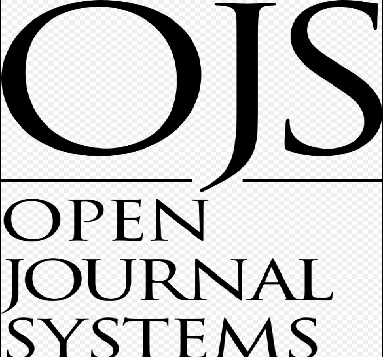An Ecosemiotic Analysis of Grade XII English Textbooks Published by the Punjab Curriculum and Textbook Board
DOI:
https://doi.org/10.63056/ACAD.004.03.0437Keywords:
Ecosemiotics , Systemic Functional Linguistics (SFL) , environmental discourse, English textbooks , ecolinguistics , PCTB , ecological literacyAbstract
A new ecosemiotic analysis of Grade XII English textbooks, published by the Punjab Curriculum and Textbook Board (PCTB), was conducted using Halliday's Systemic Functional Linguistics (SFL) framework (1978) to explore the visual and linguistic portrayals of potential environmental issues within these textbooks. Focusing on Book II and Goodbye, Mr. Chips, the study examines semiotic resources—images, diagrams, and layouts to uncover ecological meanings through SFL's ideational, interpersonal, and textual metafunctions. Ten images are selected as the sample of the study. It shows that some images, such as those depicting harmony between humans and nature, support ecocentric principles, while others present anthropocentric perspectives that subordinate nature. A key weakness in Book II is its predominantly monochrome visuals and limited environmental information, which could hinder ecological engagement. The findings reveal that curriculum content lacks transdisciplinary and ecocentric viewpoints, underscoring the importance of including these elements to achieve sustainable development in line with UNESCO's SDG 4.4.7 (UNESCO, 2017). The study's outcomes aim to inform global discussions on environmental education and the Pakistani context, offering practical recommendations for practitioners to enhance the communication of ecological concepts through visual and verbal representations in textbooks, thereby improving ecological literacy.
Downloads
Published
Issue
Section
License
Copyright (c) 2025 Akhtar Shehzad, Dr. Asma Kashif Shahzad (Author)

This work is licensed under a Creative Commons Attribution 4.0 International License.












